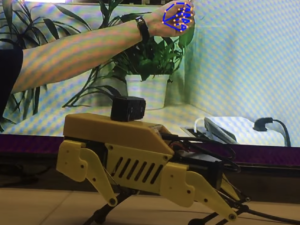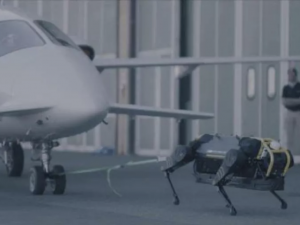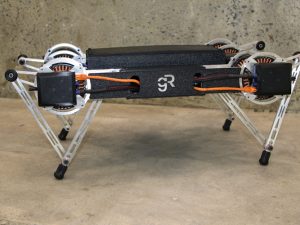The life of a firefighter is a mixed bag of fairly mundane things to extremely dangerous situations. One hundred firefighters die per year, according to the United States Fire Administration, while tens of thousands are injured. In order to prevent more casualties, the Naval Research Lab (NRL) has created a robot firefighter that can perform the more dangerous duties.
The NRL is working with researchers from Virginia Tech and the University of Pennsylvania to create the humanoid Shipboard Autonomous Firefighting Robot (SAFFiR), which is based on the CHARLI-L1 created at Virginia Tech. The robot is programmed to autonomously maneuver around the narrow passageways and ladders aboard ships, and fight fires.
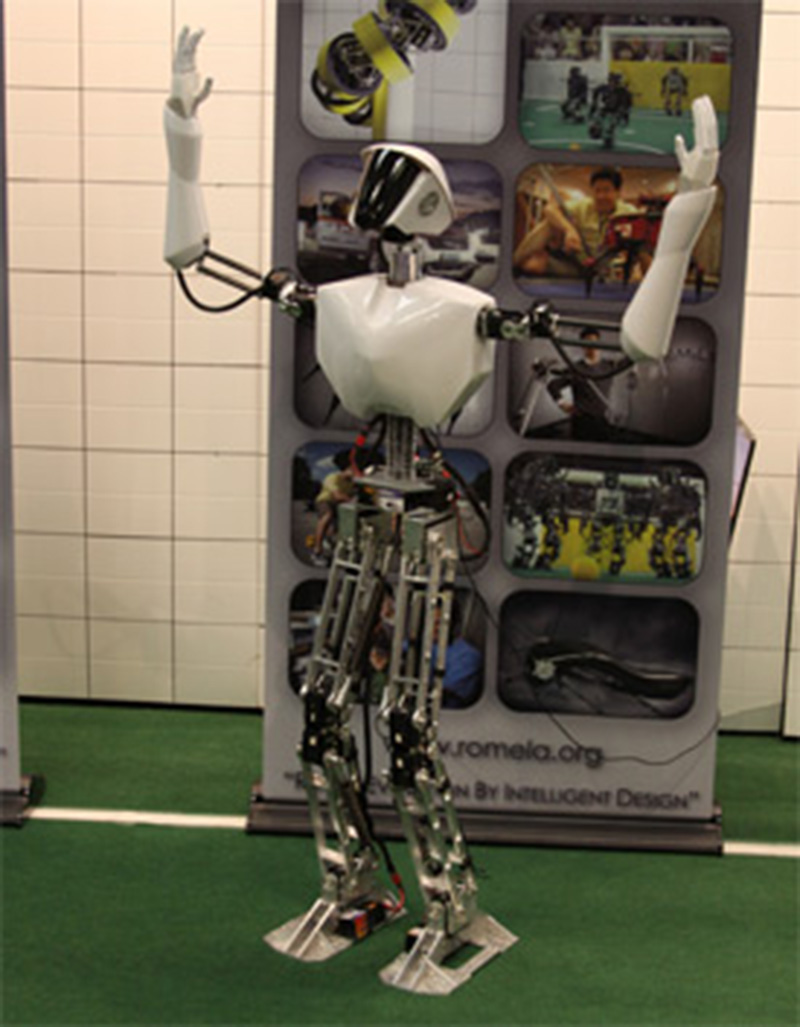
It is equipped with a camera and gas sensor to effectively detect fires and an infrared camera to see through smoke in order to pinpoint the fire. The lightweight aluminum central frame and titanium springs minimize overall transport weight, and makes the SAFFiR easy to transport should the need arise.
Unlike the clunkier firefighting robots of today, the SAFFiR is able to traverse obstacles, maintain balance on the high seas and walk in all directions thanks to a six-axis force/torque sensor on its feet.
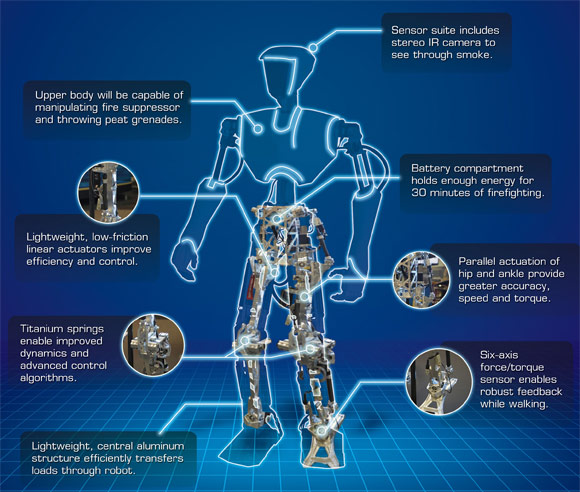
Aside from its firefighting qualities, the SAFFiR is being programmed to think and work within a group setting with human damage control personnel. The various algorithms will allow autonomous decision making within a team setting, though a multi-modal interface will allow the SAFFiR to understand gestures like pointing, track the human leader’s focus of attention and potentially even understand and respond to natural spoken language.
Currently, the SAFFiR will be able to fight fires for approximately 30 minutes thanks to its battery pack. While it has not yet been tested, the NRL hopes to put it aboard the Shadwell by September of 2013.
[via Navy]

